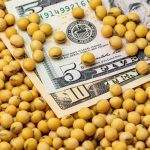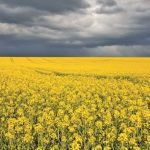The trade's initial reaction to the re-election of former United States President Donald Trump was bearish for soybeans and corn on the Chicago Board of Trade on Nov. 6. Meanwhile, the U.S. Federal Reserve's interest rate announcement on Nov. 7 and the U.S. Department of Agriculture's supply and demand report on Nov. 8 are likely to have a bullish effect on those commodities, said Allendale Inc. president Steve Georgy.










